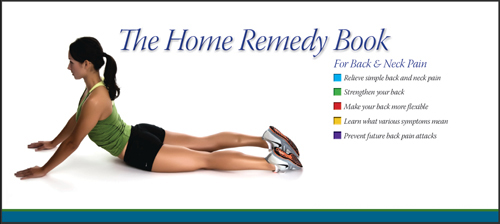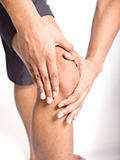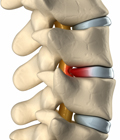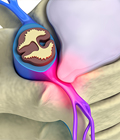- Locations
- Find a Physician
- By Physician
- By Department
- The Center for Spine Health
- Hand & Wrist Center
- Shoulder & Elbow Center
- Foot & Ankle Center
- Joint Replacement Center
- The Sports Medicine Center
- Pediatric Orthopedic Center
- Trauma & Fracture Center
- Osteoporosis and Bone Health
- Oncology Center
- Cartilage Repair Center
- Concussion Rehab Center
- OrthoDirect
- Careers
- Patient Portal
- Intranet
 Overview
Overview
Neurolysis and nerve release are techniques used to remove scar tissue or compression areas on the nerve that can disrupt normal function and cause pain.
In a nerve repair coaptation, the surgeon lines up the nerve ends and reattaches the two ends of the severed nerve.
For a nerve graft, the surgeon takes a healthy piece of expendable nerve from another location on the patient’s body (autograft) and uses it to reconnect the two ends of the damaged nerve. Recovery begins when the nerve tissue starts to regenerate from either end of the original nerve connecting via the grafted nerve tissue.
For brachial plexus injuries, the sural nerve (a long nerve that extends from the ankle to the back of the knee) is often used and this removal from its original site does not harm the patient.
New technology and advances are using bioabsorbable material that provide a scaffolding on which the axons in the two nerves can reconnect.
[Top]








